Pharma Blog
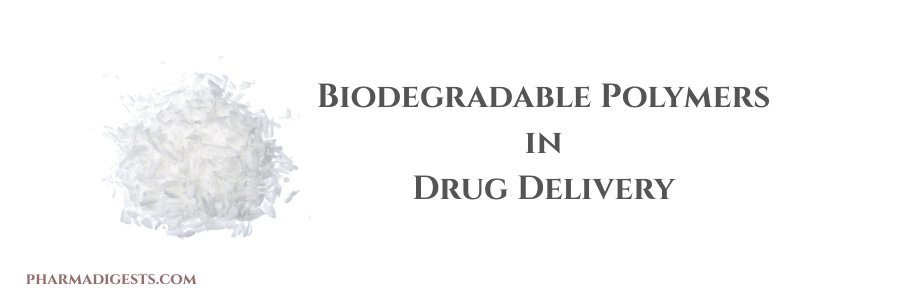
Biodegradable Polymers in Drug Delivery
Exploring the eco-friendly side of pharmaceuticals with biodegradable polymers like Polylactic Acid (PLA). Learn how these sustainable materials are making waves in drug delivery, providing therapeutic benefits while minimizing environmental impact. Advantages of PLA in Drug Delivery Real-time Examples of PLA in Drug Delivery Read also: Resource Person: Pradip Kokane
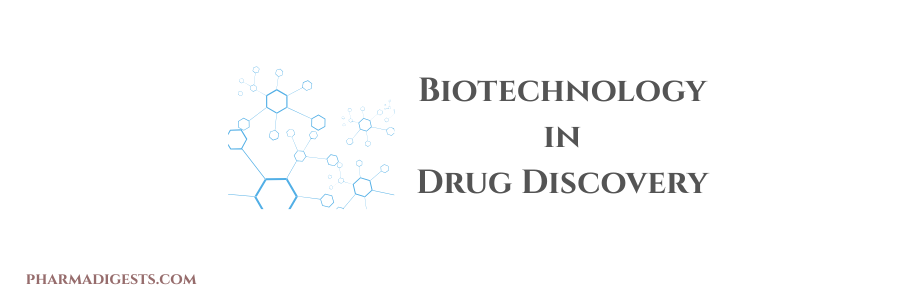
Biotechnology in Drug Discovery
In the dynamic landscape of pharmaceuticals, biotechnology has emerged as a powerful tool. From genetic engineering to the manipulation of biological systems, biotech methods are instrumental in identifying novel drug targets and designing innovative therapies. Genomic Medicine Unraveling the mysteries encoded in our genes, genomic medicine is revolutionizing how we ... Read More
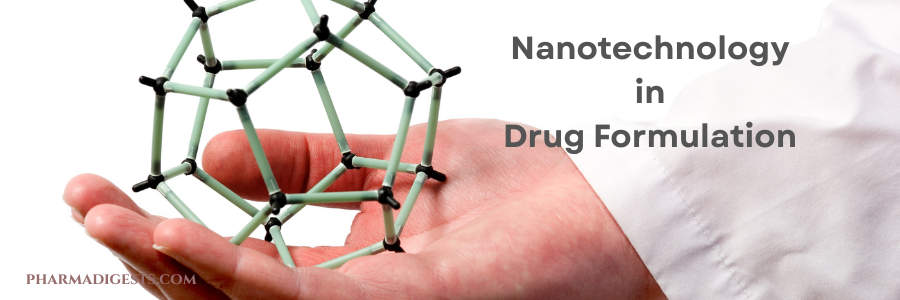
Nanotechnology in Drug Formulation
Today, let’s embark on a journey into the fascinating realm of nanotechnology in drug formulation. Discover how nanoparticles are reshaping the pharmaceutical landscape, driving innovation, and transforming patient care. The Role of Nanotechnology Precision Delivery Abraxane (Paclitaxel Albumin-bound Nanoparticles)Nanoparticles enable targeted delivery of therapeutics to specific cells or tissues, enhancing ... Read More
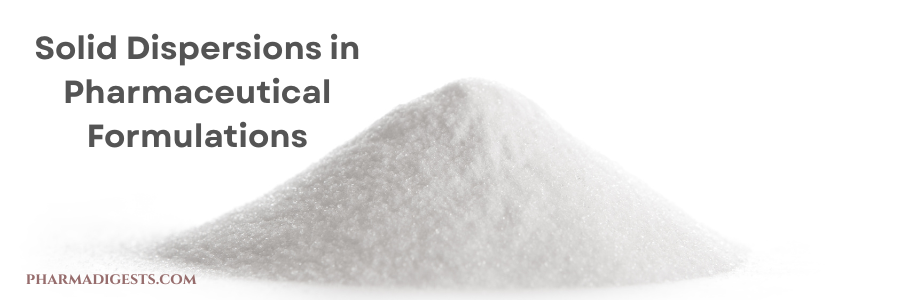
Solid Dispersions in Pharmaceutical Formulations
Solid dispersions stand as a cornerstone of modern pharmaceutical formulation, offering innovative solutions to enhance drug solubility, bioavailability, and therapeutic efficacy. Understanding Solid Dispersions: Solid dispersions involve dispersing one or more active pharmaceutical ingredients (APIs) within a solid matrix, typically a polymer or carrier material. This approach addresses challenges associated ... Read More
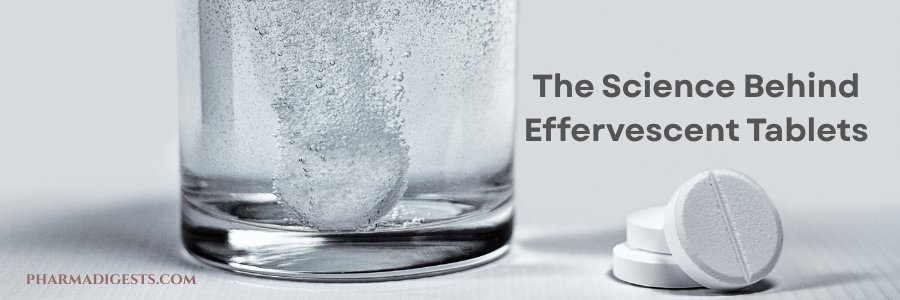
The Science Behind Effervescent Tablets
Ever marveled at the rapid fizz of an effervescent tablet? Behind that effervescence lies a meticulously crafted blend of excipients, each serving a crucial role in the tablet’s formulation. Acidulants: Think citric acid or tartaric acid. These key players react with bicarbonates, like sodium bicarbonate or potassium bicarbonate, triggering the ... Read More

One Product Development for Multiple Markets
Developing a single product for multiple markets requires careful planning to meet the regulatory requirements of each target region. Identify Target Markets & Regulatory Authorities Each country or region has its own regulatory body that sets guidelines for pharmaceutical products. Key regulatory agencies include: Each authority has different requirements for ... Read More

Permeability and Biowaivers | A Key Factor in Regulatory Justification
For obtaining a biowaiver based on permeability, regulatory authorities like USFDA, EMA, and WHO require a justification report that classifies the drug according to the Biopharmaceutics Classification System (BCS). This classification determines whether a drug is eligible for a biowaiver based on high solubility and high permeability (BCS Class I) ... Read More

Level III Biorelevant Media
At Level III of biorelevant media simulation, a comprehensive replication of the gastrointestinal (GI) tract environment includes factors such as luminal osmolality, pH range, buffer capacity using specific buffer ingredients, bile components, dietary lipid components, dietary proteins, increased viscosity (notably in the fed stomach and lower intestine), and the replication ... Read More

Level II Biorelevant Media
Developing accurate models of the gastrointestinal (GI) tract is paramount in pharmaceutical research to predict how drugs interact with the human body. Level II biorelevant media emerges as a sophisticated tool to mirror the intricate conditions within the GI system, playing a pivotal role in enhancing drug formulation and assessment. ... Read More

Level I Biorelevant Media
When studying drug dissolution in the gastrointestinal (GI) tract, simulating realistic physiological conditions is crucial for accurate results. Enter Level I biorelevant media – a novel approach to create in vitro environments that closely mimic luminal pH and buffer capacity in different regions of the GI tract. At Level I, ... Read More

Level 0 Biorelevant Media
Biorelevant media were initially proposed in 1998 to study the dissolution of poorly soluble drugs in the gastrointestinal (GI) tract. Over time, different media have been developed to mimic various parts of the GI tract in both fasted and fed states. For the fasted state, there are specific biorelevant media ... Read More
